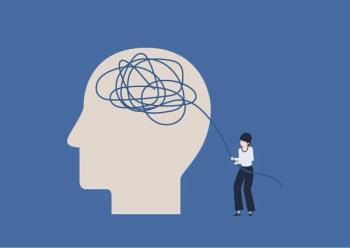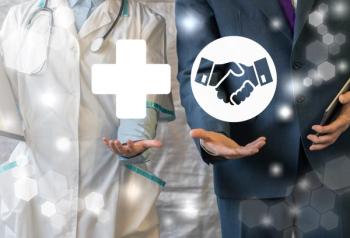
E-mail, Intimacy, and Concierge Medicine
E-mail is not for every physician. Legal concerns and HIPAA compliance are perceived barriers to using e-mail. They are excuses. There are, however, practical reasons that prevent most docs from considering e-mail.
Most docs don’t want to e-mail their patients. Why? Last year, I wrote an article with the belief that every one of us should endorse the use of e-mail with our patients. Compared to phone calls and voice mail, it’s a no-brainer. Well, I’ve changed my tune... sort of.
E-mail is not for every physician. Legal concerns and HIPAA compliance are perceived barriers to using e-mail. They are excuses. There are, however, practical reasons that prevent most docs from considering e-mail.
Most docs lack intimacy...(stay with me).
What is concierge medicine? Concierge medicine is a medical practice business model that guarantees a doctor be more available and provide better service to his patients than the standard third-payer model. They are able to do so by limiting their patient base, i.e. the total number of “active” patients followed. They cover fewer patients.
As a result, the concierge physician has more time and is better able to get to know his patients. The concierge physician and his patient enjoy a more intimate relationship.
I am a
While I do not run a “boutique” practice, I still invite all my patients to use e-mail. As long as it is not an emergency, I prefer e-mail.
So who is going to use e-mail? The true barrier to physicians’ use of e-mail is the lack of time and intimacy with their patients.
The concierge doc has fewer patients. He is more likely to know something about the e-mail sender than the doc covering twice as many patients. Even so, the concierge doc has the time to dig up records, hardcopy or digital, to employ this new medium of communication.
In contrast is the primary-care doc (most concierge medicine is practiced in the primary setting) who covers many, many more patients. There is less intimacy and no time to research patient charts. E-mail then becomes a burden rather than a tool of communication.
The problem is not why most docs won't use e-mail, the problem is that they can’t.
Using e-mail with your patients is a luxury to those who have the time and intimacy with their patients. E-mail is really concierge medicine.
Newsletter
Receive trusted psychiatric news, expert analysis, and clinical insights — subscribe today to support your practice and your patients.














